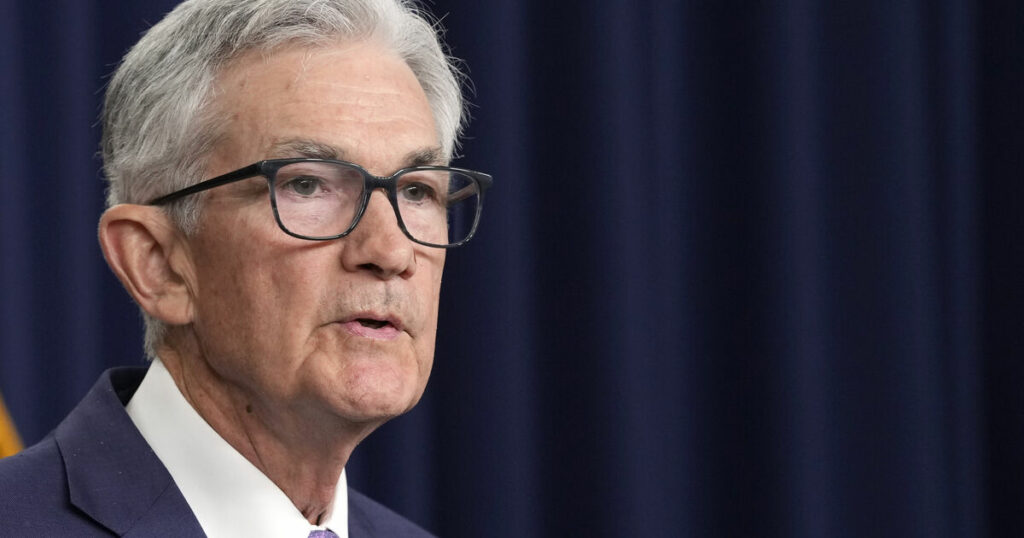Both cuts were widely expected, but the US rate cut was the larger of the two, with the ECB key deposit facility rate cut by only a quarter percentage to bring the policy rate down to 3.5%, whereas the US policy rate cut the half a per cent is now 5.25%.
Economists anticipate further rate cuts will continue on both sides of the Atlantic in the coming year. The US Federal Reserve is forecast to take a more aggressive approach, with a further cut expected this year, while the ECB is anticipated to hold back until next year.
Both Ms Lagarde and Mr Powell declined to detail either bank’s future rate-cutting path.
Whereas the new interest rates will go into effect immediately, it will take a while for any tangible effects to trickle down into different parts of the economy.
Meanwhile deposit savings rates on bank accounts will likely decrease to the detriment of savers.
The rates that Irish savers receive depend mostly on the deposit facility, which defines the interest banks receive for depositing money with the ECB overnight.
Borrowers, by contrast, stand to benefit from lower rates as consumer debt and mortgages become cheaper. Credit card debt, which is one of the more expensive loans to have, will also get slightly cheaper, though not by much.
A sharp movement in US interest rates always have wide ranging impacts on US multinationals based in Ireland, but it also affects most of us in a variety of ways. The dollar is used by Irish traders to China, India and across Asia, as well as across South America.
The Federal Reserve’s half a percent rate cut will weaken the dollar, which has fallen against most major currencies — including the pound sterling — over the past year in anticipation of the Fed decision.
A weaker dollar will make it easier for US firms to export, but makes exports from Ireland to the US more expensive.
Take a multinational making medical devices, or pharmaceuticals here in Ireland for shipment to the US market, the cost of Irish labour and other local costs are now higher.
For local Irish companies, many of whom have signed long term fixed price contracts with clients in the US, the burden of a higher value euro can be very penal, hurting profit margins.
The situation is likely to deteriorate further as US interest rates are widely expected by economists to be cut by another half percent by the year end and then by a full 1% in 2025, followed by a final half percent in 2026. This would take US interest rates down to approximately 2.75%.
It’s easy to forget that the US Federal Reserve was holding the interest rate at around zero as recently as the first quarter of 2022 and was also still buying billions of dollars of bonds every month to stimulate the economy. All despite 40-year highs in various measures of U.S. inflation.
The ECB was equally lax about the rising inflation rates across Europe, holding onto the negative interest rate policy which they introduced in 2014 to stimulate the economy, despite clear signs that inflation was rampant.
However, just now lowering of interest rates is generally good news for consumers and businesses, despite some exchange rate difficulties as the central bank rates differ between trading blocs. The lower borrowing rates should boost capital investment by businesses, which will help economic growth, which has been sluggish since the covid pandemic.
Source link : http://www.bing.com/news/apiclick.aspx?ref=FexRss&aid=&tid=66f95638f54c47a8877fc157f5a6a4ba&url=https%3A%2F%2Fwww.irishexaminer.com%2Fbusiness-columnists%2Farid-41485709.html&c=1803575924478900981&mkt=de-de
Author :
Publish date : 2024-09-29 05:30:00
Copyright for syndicated content belongs to the linked Source.
